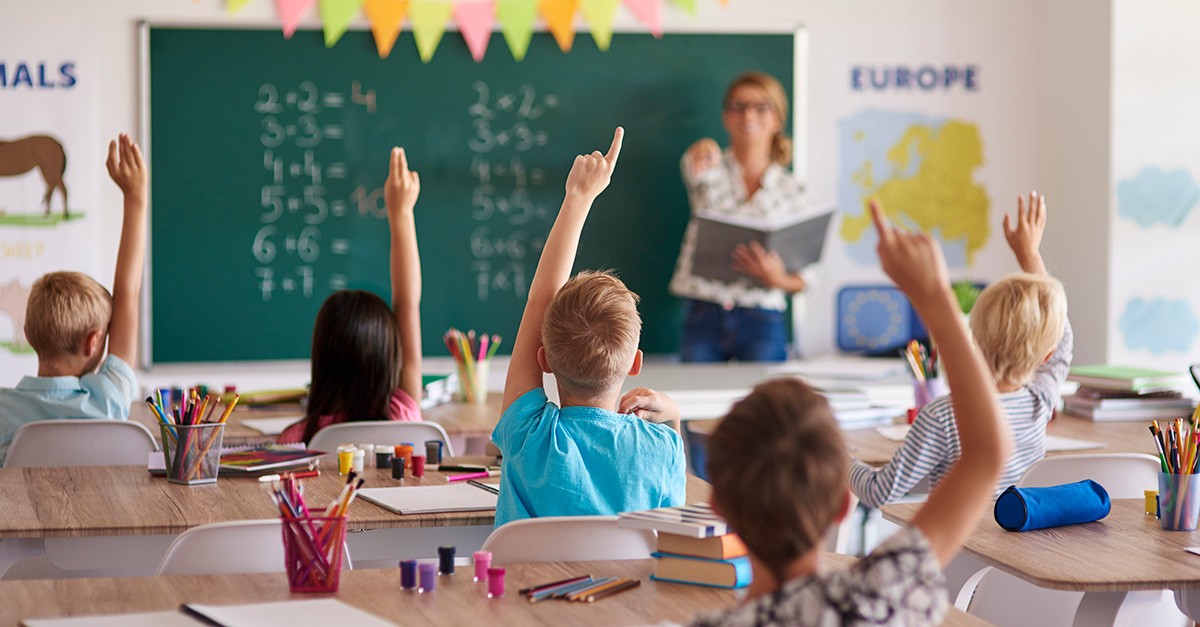
If you are considering moving to Spain with your family, you are probably wondering how the Spanish school system works. What kind of schools are there? How are schools different in Spain? Is the Spanish education system good? We have put together all the important information you need to know about the education system in Spain for expats.
What types of schools are there in Spain and how expensive are they?
In Spain, there are three types of schools:
- Colegios públicos – public schools. Not to be confused with old fashioned public schools in England and Wales, Spanish public schools are free and are the most common choice for Spanish families.
- Colegios concertados – semi-public schools. These schools are partly government funded, meaning that in most cases, a monthly fee is charged. This tends to be around 100 euros. These centres are often religious based but there also also secular semi-public schools in Spain.
- Colegios privados – private schools. These are often very expensive in Spain and require high fees, which can be between 2,000 and over 10,000 euros per school year. Most international schools in Spain are included in this category.
In addition, there are almost always additional monthly costs for materials, worksheets, books, extracurricular activities, such as music lessons or sports, and lunch in the school canteen.
When do children start school in Spain?
In Spain, school is compulsory from the ages of 6 to 16 . However, many children in Spain start nursery school at the age of 5-6 months, since parental leave in Spain is much shorter than in the UK, currently standing at only 16 weeks. At the age of 3, the children start pre-school, where they are already taught to read, write and count in a playful way. Many then also begin to learn English, therefore if you're moving to Spain as an English speaker, your child will be a step ahead in this sense. Another difference betweem Spanish and British schools is the school year your child will be in. Strictly speaking, school enrollment in Spain is based on the year of birth, i.e. every child in a class was born in the same year, measured from January to December and not from July to June.
In general, Spanish school education is divided into the following areas:
- Preschool, equivalent to key stage 1 (Educación Prescolar). 0-6 years old
- Primary school, equivalent to key stage 2 (Educación Primaria): 6-12 years old
- Lower secondary education, equivalent to key stage 3 and 4, up to GCSE level (Educación Secundaria Obligatoria, ESO). 12-16 years old
- Upper secondary education, equivalent to key stage 5 or sixth form (Bachillerato). 16-18 years old
Grades are awarded on a scale of 1 to 10 points, with 10 points being the best grade. There are no A-F grades in Spain.
When do you finish school in Spain?
Education in Spain is compulsory up to the age of 16 when students complete "ESO", the equivalent of GCSEs in the UK. There is then the possibility of continuing with upper secondary education, which ends two years later with the baccalaureate ("bachillerato"), which gives access to university.
Alternatively, finishing "ESO", students can opt for an apprenticeship (Formación Profesional, FP), similar to the UK. After two years you will receive the title "técnico" and after two more years the title of "técnico superior", which also entitles you to study at a university.
What is the quality of schools in Spain?
This question is difficult to answer because parents often have different ideas about what exactly a “good school” is. It is best to make an appointment with the school and look at the curriculum before enrolling or registering. Spanish students scored below the EU and OECD averages in the latest university entrance exams, which is why many parents choose to send their children to private and international schools that have a better reputation in Spain.